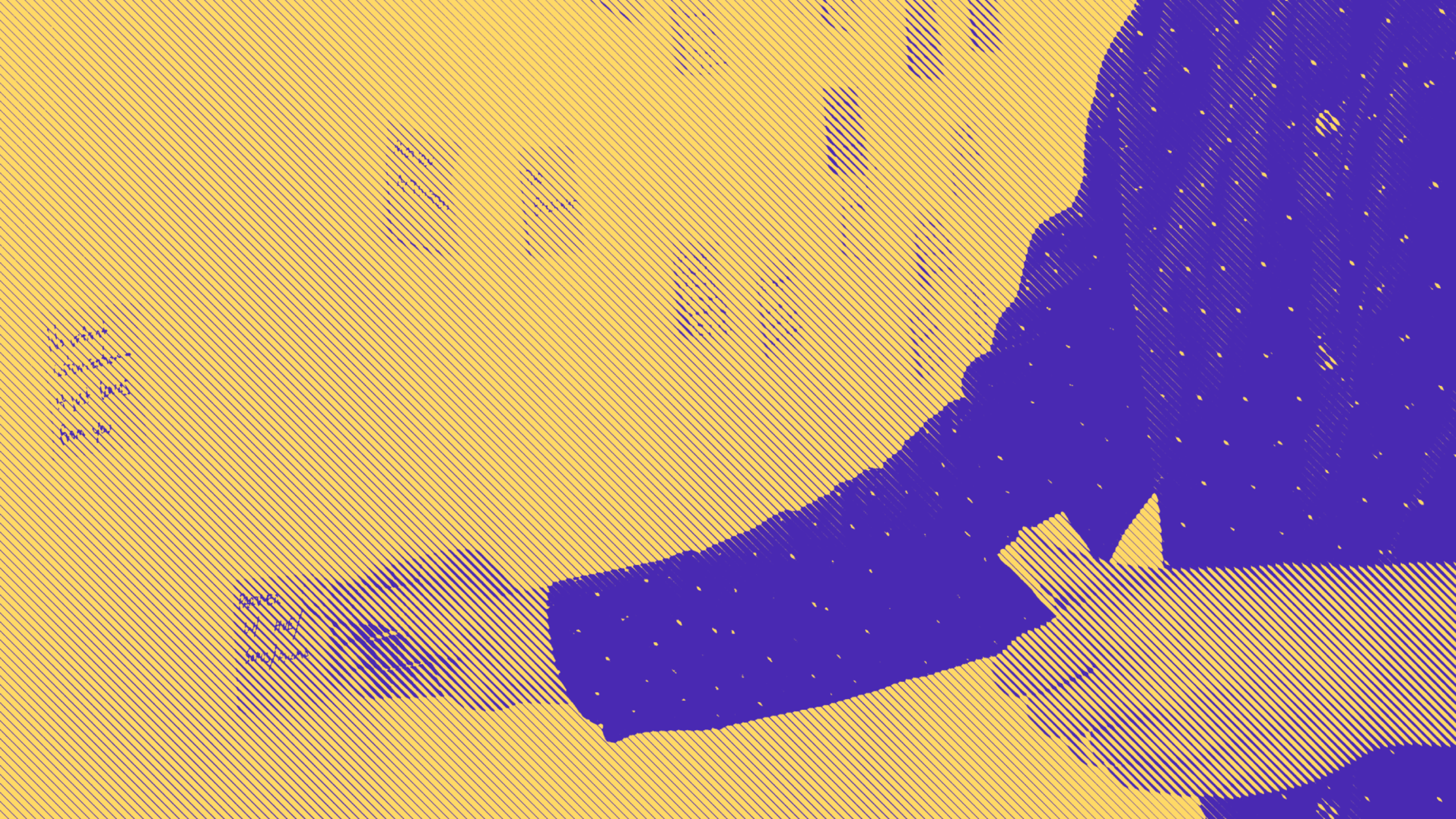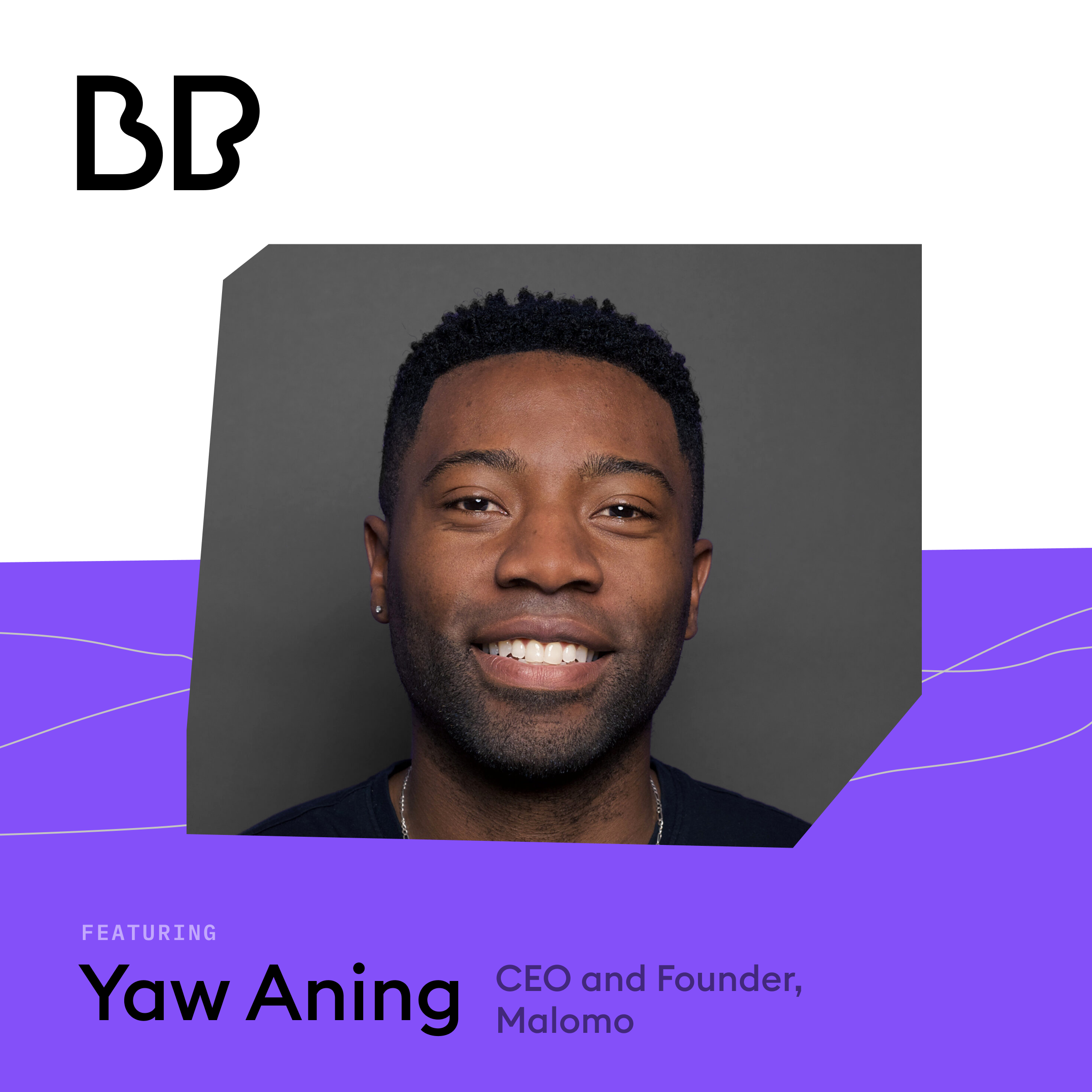How to Define the First Version of Your Digital Product


In this episode of Better Product LAUNCH, Christian and Anna sit down with Yaw Aning, the founder of Malomo. Malomo is a shipment tracking platform helping e-commerce brands generate more revenue and loyalty by turning their shipment tracking experience into a marketing channel.
As our first guest on our product launch series, Yaw provides a rich perspective unearthing the meaning behind the name while highlighting the importance of the overall brand experience. Check out Malomo’s website to learn more about their unique solution.